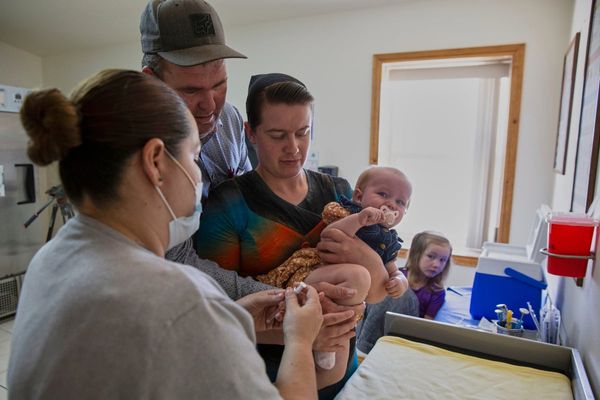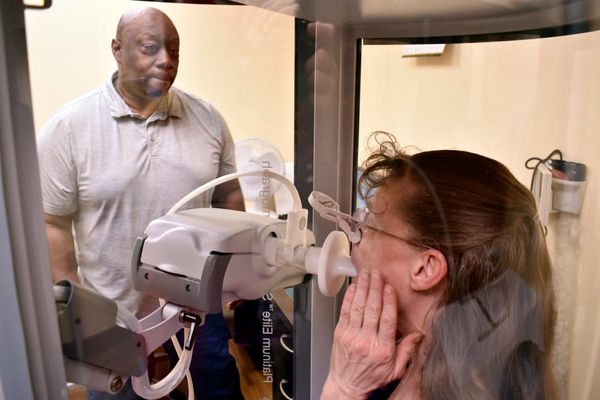
The first drug rehabilitation centre for women in Punjab will be inaugurated here on May 22. With a capacity of 25 patients at a time, it is being established as separate wing of the already running family rehab home ‘Hermitage’.
This wing would be supervised by Dr JPS Bhatia who has chalked a programme that he calls Women Integrated Treatment or WIT. It would be run by a team of 15, including counsellors and even recovering addicts living at the family rehab. State principal secretary, health, Vini Mahajan would inaugurate the centre while the guest of honor would be Amritsar police commissioner Amar Singh Chahal.
Dr Bhatia describes addiction as “allergy of body and obsession of mind”.
“In the WIT programme, we will involve families of woman addicts. This rehab centre would be a residence for them. The arrangement is for 25 patients and they would be charged according to their addiction level; it can be nothing at all, or Rs 15,000 to 60,000 a month,” he added.
HOW IT CAME ABOUT
The idea, he said, came to him when he “looking into a high-profile case from Delhi”.
“That girl was on cocaine and other party drugs. The condition was such that to harm herself and her family she could go to any extent, even publicly taking off her clothes. Her family was among the well-known people of, so I got many recommendations for handling similar cases.”
He added “But at that time neither did I have a separate module to treat her nor a centre where she could stay; but we took it up as a challenge and succeeded. Today that girl is working as a teacher in Delhi and is perfectly fine, which encouraged me to cure more such girls and women.”
He added that among the reason why women got addicted were domestic violence, sexual abuse, fear of losing partners or children; “therefore they need to be counselled along with their families”.
THE EXTENT
Though studies’ data vary, Bhatia says the percentage of addicts in Punjab is 45-55% of the population. Among addicts, about a fourth of them are women, but barely 5% get treatment.
At the centre, authorities say they treat around 2,000 patients a year, of which 26% are women, most of them married and from urban background. Of these, around half are those whose families have at least one other addict. In his family rehab residential programme, around 5% patients are women, mostly young, from metro cities, studying in college and living in hostel.
He said that among women addicted to a substance, only around 11% acknowledged the need for treatment “but they do not come forward to get treated; only about 5% get treated”.
“Of the women who approach us, around 61% are on opium; 17 % on alcohol and the rest on tobacco,” Dr Bhatia added. “We do have woman patients with heroin and party drug addiction. We will give them a women-specific course as reasons for falling prey to drugs differ in case of men and women, and so does the cure.”







